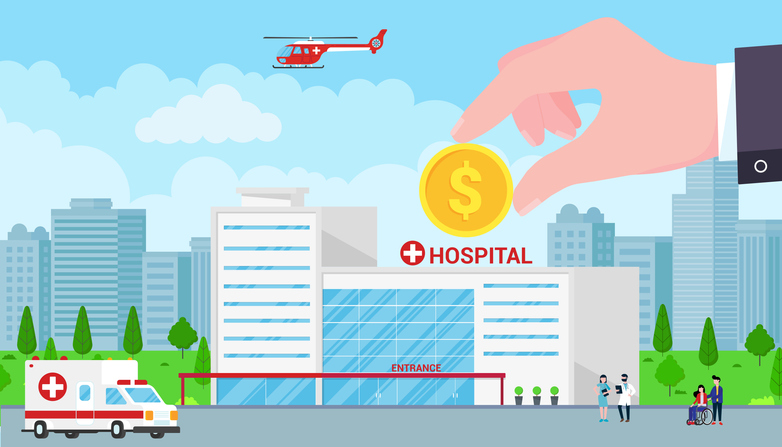
As the Federal Communications Commission plans to open a new round of applications for its Covid-19 Telehealth Program, an analysis of past awards found that much of the funding last year went toward buying equipment for healthcare providers and clinic staff.
Last year, the FCC spun up a program using $200 million in stimulus funds to help healthcare providers pay for broadband internet and devices to support telehealth services. Starting on April 29, healthcare providers will have a week to apply for another $250 million in funding.
Where the first round went
Last year, the FCC awarded a total of 539 applications. An analysis conducted by remote monitoring startup Stel Life found that more than half of the awards went to paying for equipment for healthcare providers, such as laptops, tablets, and telemedicine carts used in an inpatient setting.
For example, the Providence St. Joseph Health Consortium was awarded $1 million for TVs on carts using a telehealth solution developed by InTouch Health that would let clinicians conduct virtual consultations with patients in emergency rooms and ICUs.
The remaining funds were divided between tools for patients who already had connectivity, either through a cell phone or WiFi, or for tools to help patients bridge the digital divide.
Of the total, 128 applications were awarded for tools sent to patients who had connectivity. For example, Ochsner Medical Center was awarded $1 million to send patients connected glucometers, scales, blood pressure cuffs, and remote exam kits developed by TytoCare.

The Power of One: Redefining Healthcare with an AI-Driven Unified Platform
In a landscape where complexity has long been the norm, the power of one lies not just in unification, but in intelligence and automation.
Another 130 applications were approved to help patients with limited connectivity access remote telehealth services. Mayo Clinic was awarded $1 million to send connected tablets and remote monitoring devices, such as pulse oximeters or blood pressure cuffs, to patients.
Sid Kandan, CEO of Philadelphia-based Stel Life, said the program allowed it to support four remote monitoring programs at four federally qualified health centers. The startup makes home-based hubs that pull information from Bluetooth connected devices, such as a connected blood-pressure cuff or scale, directly into a patient’s health record.
“With FQHCs in particular, it’s just a lot of work to stand up a remote patient monitoring program. The FCC award has allowed us to change our business model to tackle those challenges,” he said in a phone interview. “We were able to provide it to FQHCs who thought it would be too cumbersome at the beginning of the pandemic.”
The next round
The FCC is making some tweaks to how it allocates its next round of awards. Last year, House Democrats raised concerns about the program’s transparency after hearing from hospitals that experienced challenges in getting funds, particularly those on tribal lands.
For example, the agency is establishing a rating system, to help prioritize projects in low-income areas, communities that were hit hardest by the pandemic, places with shortages of healthcare providers, federally qualified health centers (FQHC) and Tribal communities.
The FCC also is looking to distribute awards more equally across the U.S., after three states had no funded projects in last year’s allocation.
The awards aren’t distributed as grants, but rather as a reimbursement program, meaning healthcare providers must submit an invoice and documentation to get funded.
As of March, the FCC had sent nearly $151 million in funding. Invoices for the first round of awardees are due by the end of July.
Photo credit: Mironov Konstantin, Getty Images








